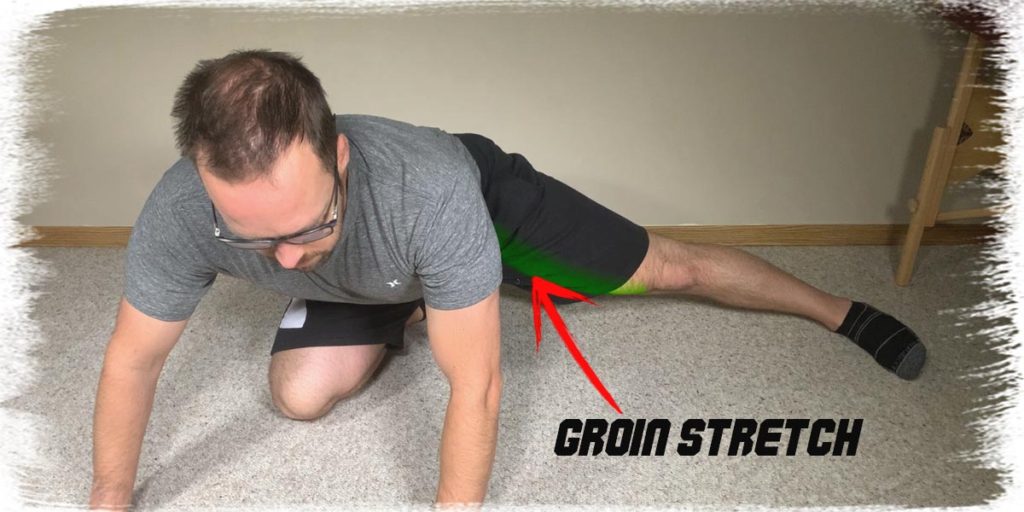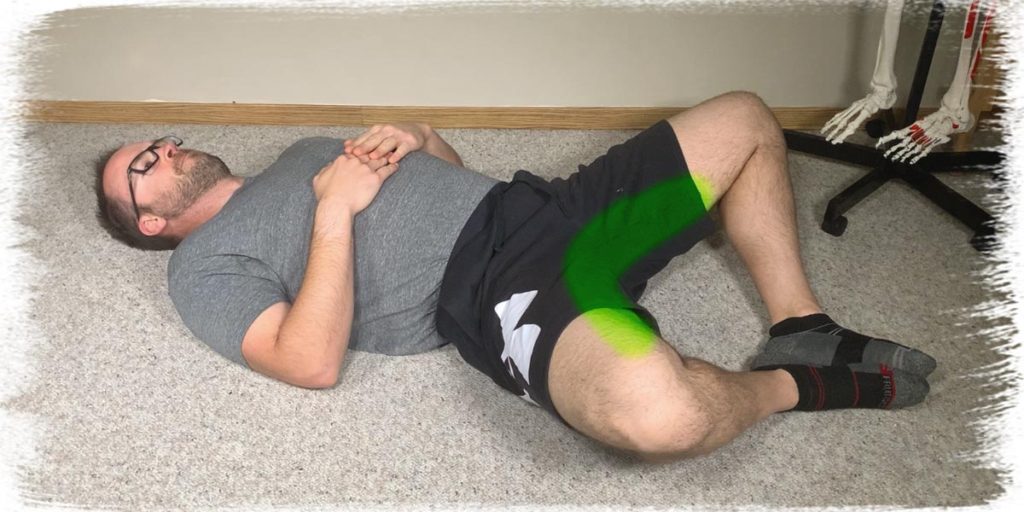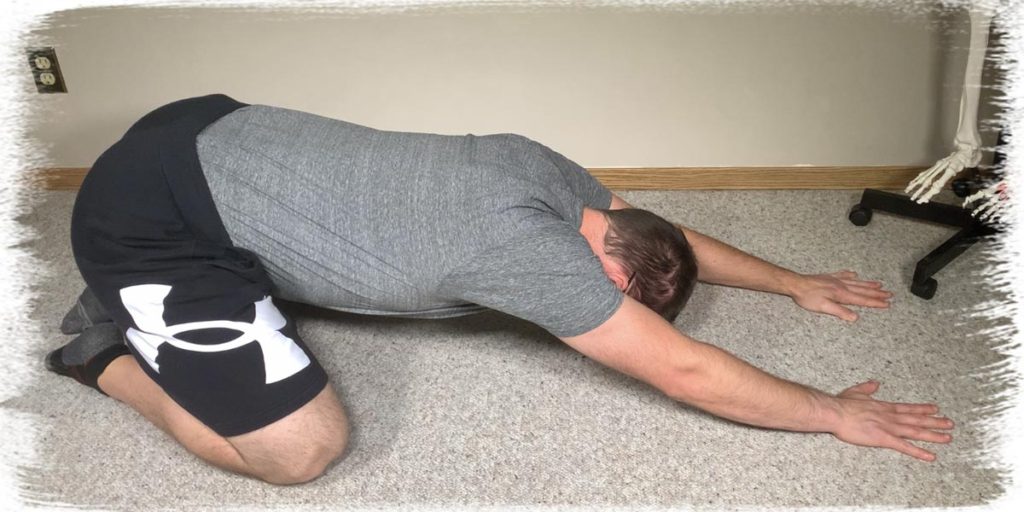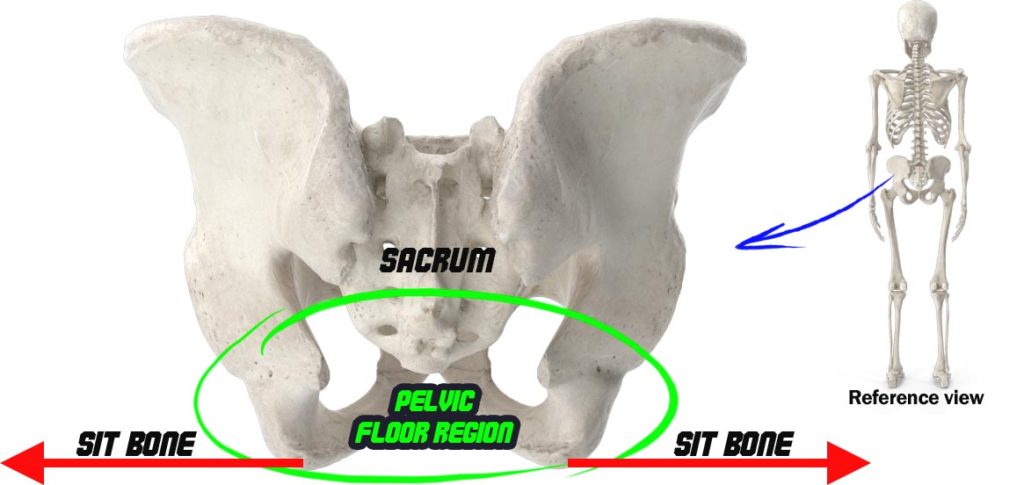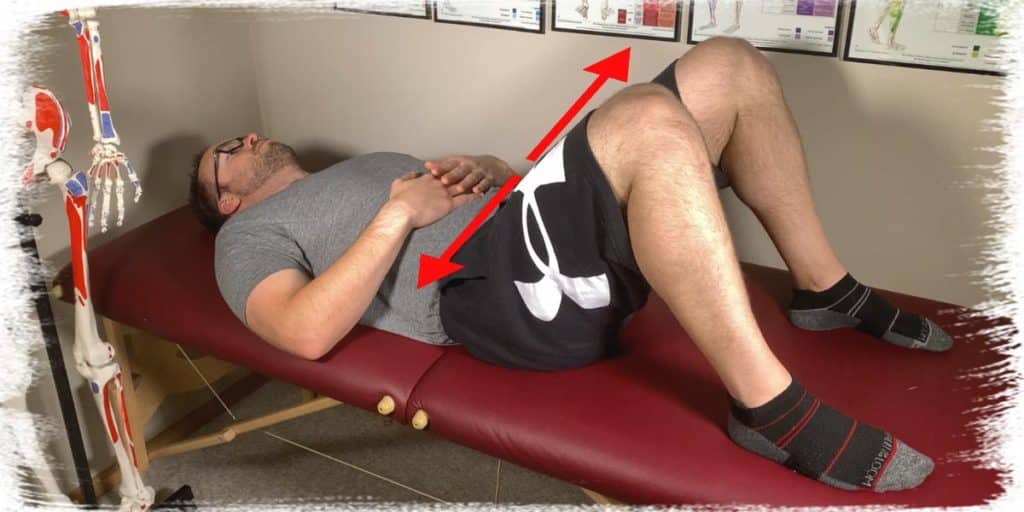When it comes to pelvic floor exercises, many individuals (gals and guys) wonder how often they should be performed. And while it can be different for everyone, there are thankfully some universal principles that just about everyone can follow. And if you get these parameters right, you’ll likely get your pelvic floor health sorted out as quickly and effectively as possible.
Generally speaking:
- Pelvic floor relaxation exercises can typically be done once per day, 5-7 days per week, to influence muscle tone without affecting muscular integrity.
- Pelvic floor strengthening exercises tend to follow standard muscle-strengthening guidelines similar to what’s outlined by the ACSM (American College of Sports Medicine).
If you want the fully expanded details of these exercise parameters, then keep on reading!
Now, if you’re wondering just how I’ve acquired this information, rest assured that it comes from a pelvic floor specialist and one whom I wholeheartedly trust on personal and professional levels.
While I myself am not a pelvic floor specialist, my amazing physiotherapist colleague and friend, Kelsey Drew (MScPT), certainly is. I’ve met a lot of pelvic floor specialists in my day, but none like her. She is as knowledgeable as she is passionate with this specialty.
So, to serve YOU as best as possible, I’ve asked her what her answer is regarding how often women (and men) should perform pelvic floor exercises when trying to get these muscles to a healthy and optimal state.
Also, be sure to follow Kelsey on her Instagram handle at: kelseydrew.pt
ARTICLE OVERVIEW (Quick Links)
Click/tap on any of the following headlines to instantly jump to that section of the article.
• Pelvic floor relaxation exercise parameters
• Pelvic floor strengthening exercise parameters
• Bonus Tip 1: Relaxing & strengthening combined
• Bonus Tip 2: Quality is king
Related article: Good or Bad: Squatting and the Pelvic Floor (A Specialist’s Insight)
Disclaimer: While Kelsey and I are physical therapists, we are not YOUR physical therapists. As a result, we cannot tell you whether or not any treatments mentioned on this website or in this article may or may not be appropriate for you, including pelvic floor exercises. By following any information within this post, you are doing so at your own risk. You are advised to seek appropriate medical advice for any pain you may be experiencing.
Pelvic floor relaxation exercise parameters
If your pelvic floor exercises are based on relaxing the muscles (rather than strengthening them), it’s usually safe to perform relaxation exercises anywhere from five to seven days per week. Of course, it will depend on your individual circumstances and condition. Still, it’s a generally acceptable frequency for an otherwise uncomplicated condition involving tight pelvic floor musculature that simply needs to relax.
Each relaxation exercise can take anywhere from a minute all the way up to five or ten minutes, depending on the type of relaxation exercise you’re performing. Generally speaking, relaxation exercises that involve a lot of mental imagery take longer to complete and are the ones that can take five to ten minutes to complete.
In terms of frequency: a good starting point for any relaxation exercise is to perform it once per day. You may find that this can increase to more than once per day, but Kelsey recommends starting out at this frequency and seeing how your body responds.
General stretching exercises
While there can be numerous ways to help relax the pelvic floor muscles, Kelsey mentions that general lumbopelvic stretching (stretches that target the lower back and hips) are a great starting point for guys and gals.
These stretching exercises can include:
- Child’s pose
- Butterflies (while laying on your back)
- Stretching the groin/adductor muscles
Related article: How to Prevent a Groin Pull (Complete Step-by-Step Guide with Photos)
Targeting the abdominal fascia
Another effective method for relaxing the pelvic floor is massaging the abdominal fascia, as the fascia of the abdominal muscles is embryologically linked to the pelvic floor muscles. There can be different ways to target the fascia in this area. Still, an excellent self-treatment method involves laying on a soft Pilates ball (Amazon affiliate link) or Chi ball and letting the ball sink into the abdomen.
Whichever type of relaxation exercises you perform for your pelvic floor, aim for once per day, as it tends to be a sweet spot for those trying to reduce muscle tone into the region without making sudden changes to the area that could otherwise create new complications around the integrity of the pelvic floor.
Performing imagery-based exercises
Imagery-based exercises are challenging to explain within a blog article, however, their intended purpose is to help your brain better perceive the overall state and function of an area of your body (the pelvic floor, in this case) and its associated muscles.
One such standard exercise for relaxing the pelvic floor involves laying on your back with your knees bent. Then, while in this position, imagine your sit bones gently spreading apart each time you exhale.
Concentrate on this area, relaxing each time you do so. It can be unusual at first to attempt this, but when done correctly, it can help reduce resting muscle tone within the pelvic floor muscles.
Pro tip: Since an exercise such as this takes a lot of concentration when first learning, it’s best to perform it without any distractions around you. It should be very gentle, which means it can be performed at a relatively high frequency throughout the week compared to traditional stretching exercises (mentioned in the previous section).
Pelvic floor strengthening exercise parameters
When it comes to the frequency of strengthening the pelvic floor muscles, you can essentially treat them like any other muscle group that you would strengthen. Kelsey mentions that pelvic floor strengthening parameters are very similar to what the American College of Sports Medicine (ACSM) recommends for general strength training parameters.
Most people think of the traditional Kegel exercise when they think of pelvic floor strengthening exercises. And while there are actually many other exercises that can be done for pelvic floor strengthening, for the sake of this article, I’ll be referring to the kegel since it’s what many people are familiar with.
Performing 2-3 sets of the Kegel exercise with 8-10 repetitions per set tends to be an ideal range for strengthening the pelvic floor. Targeting this range 4-5 days per week will likely be an ideal frequency to ensure that the pelvic floor muscles are getting stronger without being chronically overworked.
Remember: these are general guidelines. Kelsey mentions that higher numbers of repetitions are often required for other conditions (such as post-prostatectomy) or phases of pelvic floor rehab.
Bonus Tip 1: Relaxing & strengthening combined
Performing relaxation-based pelvic floor exercises tends to have much more leeway in terms of frequency of training than strengthening-based exercises. Since relaxation-based exercises don’t require as much time for the muscles to physically recover compared to strengthening-based exercises, you will likely be able to perform much more relaxation work throughout the week than strengthening work.
As Kelsey mentions, this is important to note, as there are plenty of times when individuals can benefit from a combined strengthening and relaxation approach (beyond the scope of this article). But if you have been doing relaxation and strengthening exercises, it’s worth knowing that your amount of strengthening work will likely be more limited in frequency than relaxation work.
Bonus Tip 2: Quality is king
With any of your pelvic floor exercises, it’s imperative to remember that it’s all about quality of exercise rather than quantity. As Kelsey puts it, performing 30 lousy Kegels that involve compensation through your glutes, adductors, bracing through your core, etc., isn’t nearly as ideal as performing just 10 perfectly executed Kegels.
The same is true for your relaxation exercises; performing 30-seconds of precise abdominal fascia treatment is better than 2-minutes of abdominal treatment that isn’t performed with proper breathing technique.
It can take a bit of time and effort to master each exercise you may be doing, but making sure that it’s done with impeccable precision with fewer repetitions and lower frequency throughout the week will be superior over a higher weekly frequency with lousy quality of exercise.
Final thoughts
While there’s no universal protocol when it comes to exercise frequency for relaxing or strengthening the muscles of the pelvic floor, there are some general rules that can be followed to help get one in the ballpark, so to speak, of how often to perform pelvic floor exercises, depending on what their intended outcome is.
Be sure to speak with a pelvic floor specialist, such as Kelsey, if you have a specific issue concerning the health or function of your pelvic floor, as an evaluation from a licensed healthcare professional who specializes in pelvic floor health is the first step to take on your journey back to a healthy pelvic floor.

Hi! I’m Jim Wittstrom, PT, DPT, CSCS, Pn1.
I am a physical therapist who is passionate about all things pertaining to strength & conditioning, human movement, injury prevention and rehabilitation. I created StrengthResurgence.com in order to help others become stronger and healthier. I also love helping aspiring students and therapists fulfill their dreams of becoming successful in school and within their clinical PT practice. Thanks for checking out my site!


